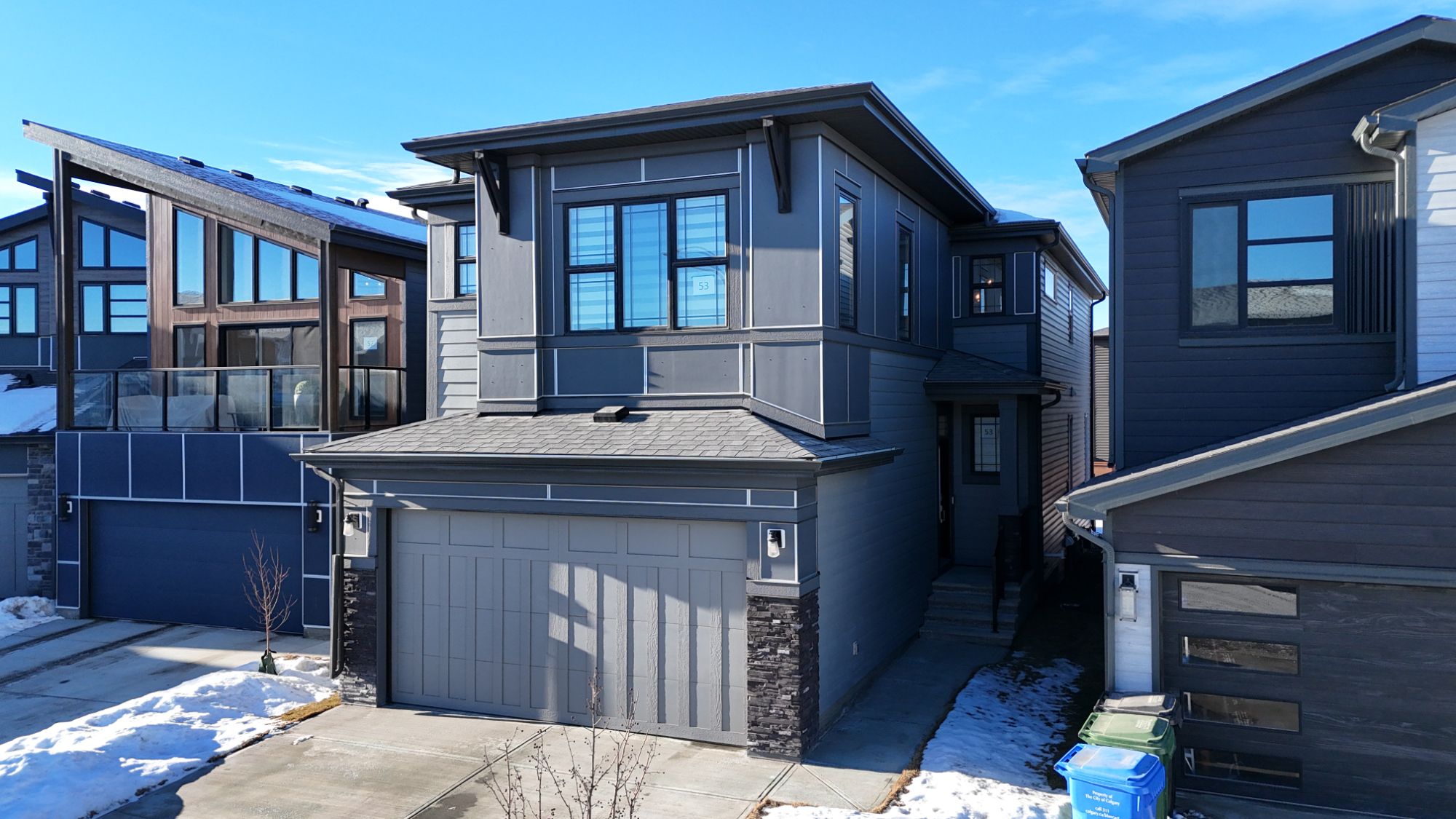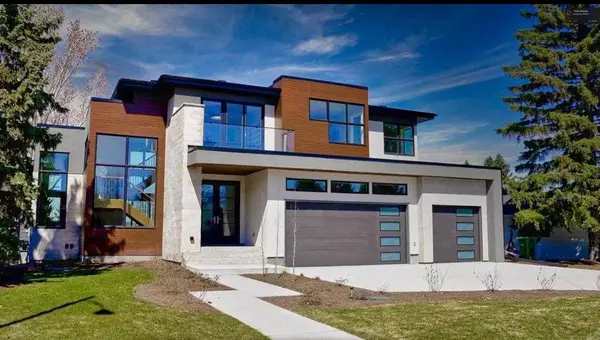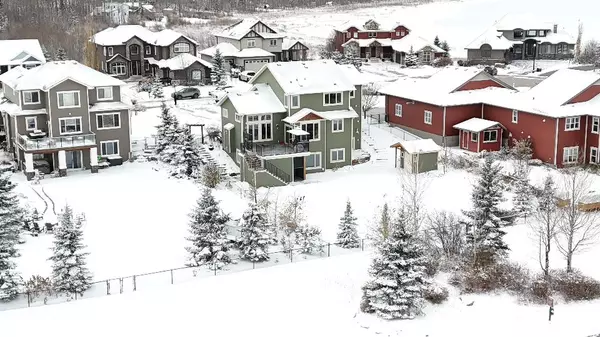Calgary's Real Estate Market is Adjusting to the New Normal
 As of April 2025, Calgary's real estate market is undergoing a significant transition, moving from a prolonged seller's market towards a more balanced state. This shift is influenced by a combination of economic uncertainties, evolving supply-demand dynamics, and demographic changes.
As of April 2025, Calgary's real estate market is undergoing a significant transition, moving from a prolonged seller's market towards a more balanced state. This shift is influenced by a combination of economic uncertainties, evolving supply-demand dynamics, and demographic changes.
Market Overview: Cooling Sales Amid Rising Inventory
In March 2025, Calgary experienced a 19% year-over-year decline in home sales, totaling 2,159 units. This downturn affected all property types, with higher-density segments like apartments and row houses seeing the most significant drops. Despite this, sales figures remain stronger than those reported between 2015 and 2020, a period marked by economic challenges and job losses.
The influx of over 4,000 new listings in March led to a sales-to-new-listings ratio of 54%, indicating a shift towards balanced market conditions. Total residential inventory reached 5,154 units, with months of supply increasing to 2.4 months.
Price Trends: Moderate Growth with Segment Variations
The unadjusted residential benchmark price in March stood at $592,500, showing relative stability compared to both the previous month and the same period last year. Detached homes saw a 4.1% year-over-year price increase to $769,800, while semi-detached homes rose by 5.1% to $691,900. Conversely, apartment prices increased modestly by 2.6% to $336,100, and row houses saw a 2.1% rise to $454,000.
Influencing Factors: Economic Uncertainty and Demographic Shifts
Economic Landscape
Calgary's unemployment rate has risen to 7.7%, up from 5.9% the previous year, with approximately 52,700 residents receiving Employment Insurance benefits. Sectors such as food service, accommodation, and transportation are facing challenges, while healthcare, trade, and construction show growth.
Additionally, proposed tariffs on Canadian energy exports and building materials introduce further economic uncertainty, potentially impacting employment and construction costs.
Population Growth and Housing Demand
Since 2019, Calgary has added approximately 240,000 new residents, driven by its job market, economic opportunities, and relatively affordable cost of living. This population growth continues to fuel housing demand, particularly in the rental market.
However, a trend of prolonged homeownership tenure and the rise of investor landlords retaining properties as rentals have limited the availability of resale inventory, contributing to market imbalances.
Rental Market: Increased Supply Meets Growing Demand
Calgary's rental market has seen significant growth, with a record-breaking 10,059 new rental units added in 2024 and an additional 6,928 units under construction as of early 2025. This surge in supply aims to meet the strong demand driven by population growth.
Despite the increased supply, rental demand remains robust, particularly in areas like North Hill, Downtown Calgary, and the Beltline, where average rents are higher.
Outlook: Navigating a Transitioning Market
Calgary's real estate market is expected to continue its transition towards balanced conditions throughout 2025. Price growth is anticipated to moderate, with an expected annual gain of around 3%. Buyers may benefit from increased inventory and more negotiating power, while sellers should focus on strategic pricing and property presentation to attract buyers in this evolving landscape.

Categories
Recent Posts










GET MORE INFORMATION


